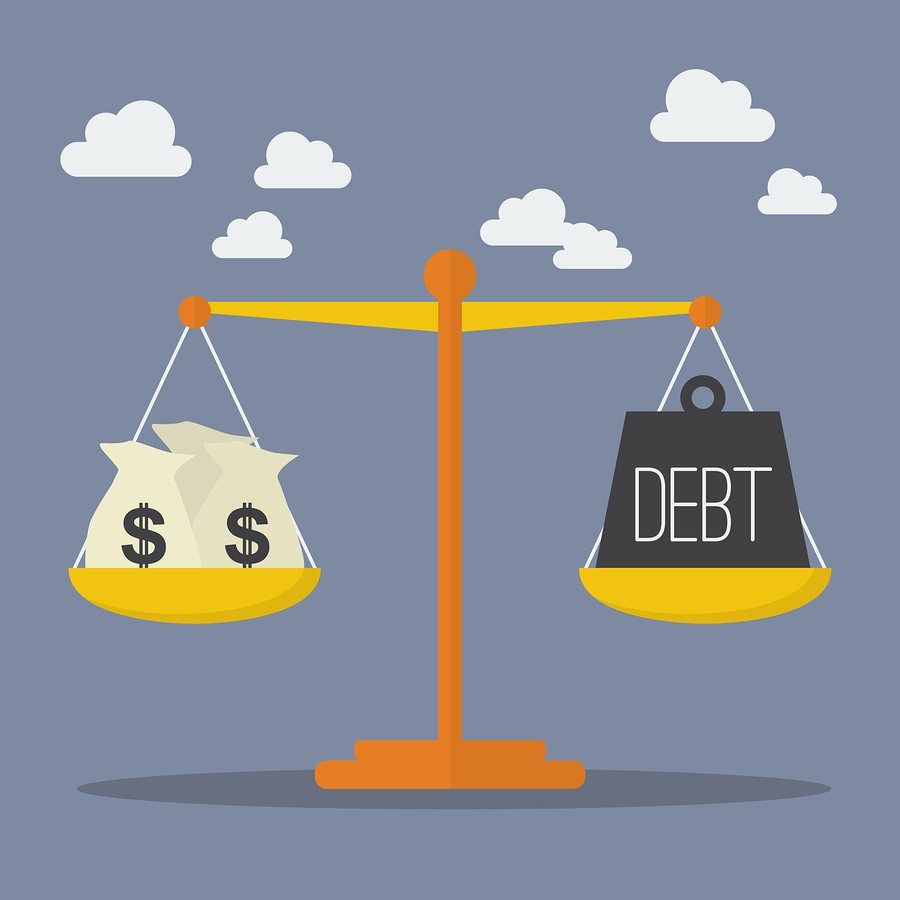The deadlock over the Debt Ceiling issue threatens the US Government's financial situation every few years.
In January this year, the US Federal government debt reached the ceiling of 31.4 trillion USD.
Treasury Secretary Janet Yellen warned that the government would run out of cash reserves and ways to raise funds immediately after June 1, and that specific date would be known as “X” day.
If the US Congress cannot reach a consensus to raise the debt ceiling, the US Government may default, affecting the entire financial system of the world's largest economy. So what scenario will happen near the upcoming "X" date?
What is the public debt ceiling?
It is the legal ceiling on the amount of money the US Government can borrow.
On “X” day, The US will face either a sovereign debt default or state spending cuts, either of which will wreak havoc on global markets.
What will happen if the US defaults on its debt?
If Congress cannot agree to raise the debt ceiling, the Government will not be able to pay for its operations and fulfill its obligations by taking on new debt. In addition, salaries for federal employees will also be temporarily suspended. payment stops, pension payments are delayed, and payments for US bonds and treasuries will also be postponed.
The US has to face national debt default or drastic cuts in state spending.
So the scenario will happen in the 2 following cases:
👉 One is that a default would erode confidence in the world's most important financial system.
👉 Second, if large-scale budget cuts are chosen, it could cause a deep recession for the global economy.
Since 1960, the US Congress has raised the debt ceiling 78 times.
In 2023, Republicans and Democrats have less than 2 weeks for agreement. The US Congress must find a solution to the balance between increasing the debt ceiling and reducing public spending.
The Republican Party agreed to increase the debt ceiling to 1.5 trillion USD, but the Government had to cut spending by 4.8 trillion USD, opposing the Democratic Party's tax reduction policy, a factor that depleted the budget.
The Democratic Party disagrees, because cutting public spending will affect a series of social security projects, which are the initial goals and are considered to be a “win” policy of the Biden’s administration. During the beginning of election campaign, the Democratic Party has reason not to want to reduce public spending which makes a series of policies negatively affected.
US Congress: The widespread debate about the debt ceiling conference has caused the financial situation to gradually approach a standstill, causing US insurance costs to be the highest in several decades and many analysts also warn of the risk of default increasing.


